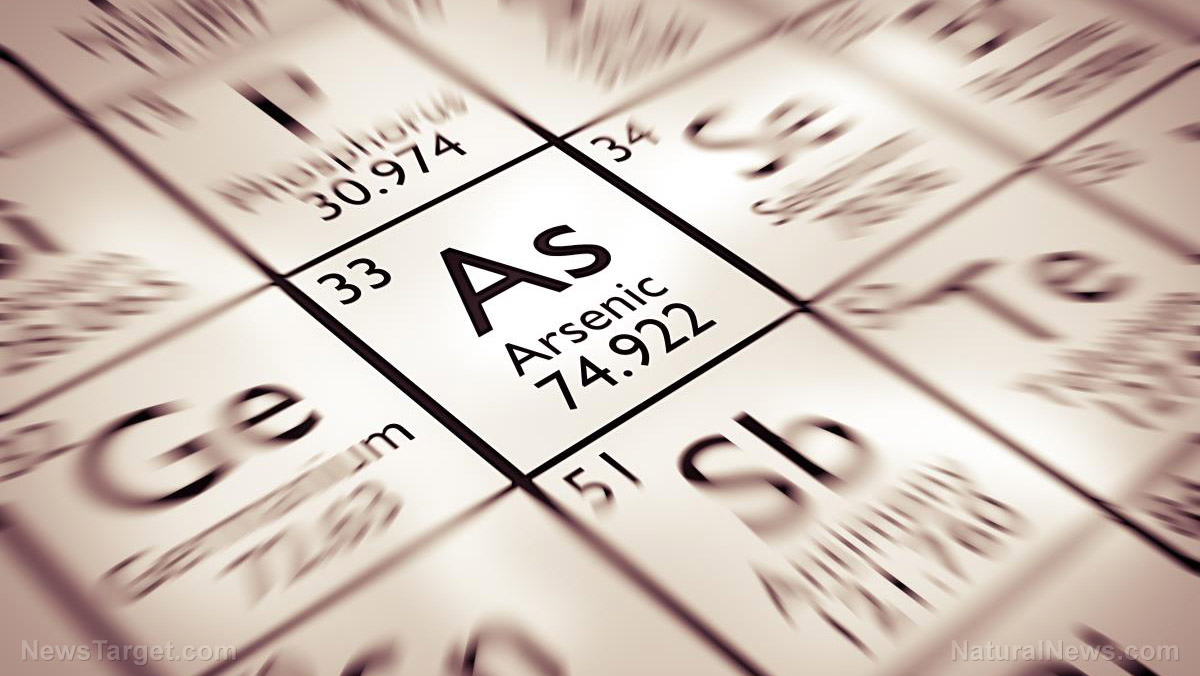A coffin, a corpse and a baseball field: The strange history of Indianapolis’ Greenlawn Cemetery (by Dawn Mitchell, IndyStar)
by Dawn Mitchell, IndyStar, April 17, 2019 It’s not uncommon during excavation for new construction in Indianapolis that one might unearth artifacts, such as bottles, blackboards, even safes. The discovery of a coffin in 1986 might have been a shock to some, but for those who were a
No proof for the need of zinc in human cells was shown until the late 1930s where its presence was demonstrated in carbonic anhydrase and the 1960s where it was identified as a necessary element for humans
Zinc was identified to be essential in fungal growth of yeast as shown by Jules Raulin in 1869 yet no proof for the need of zinc in human cells was shown until the late 1930s where its presence was demonstrated in carbonic anhydrase and the 1960s where it was ident
Chymase and Chymosin – Rumored To Be Synonyms (and a little renin and rennin)
Chymase Alternative name for chymosin [“chymase .” A Dictionary of Food and Nutrition. . Encyclopedia.com. 25 Aug. 2022 https://www.encyclopedia.com] Mast Cell Chymase and Tryptase and some MMPs Chymase and tryptase are packaged in secret
What Is Metalloproteinase?
Metalloproteinase – the name alone screams “I’m here to ruin everything” – is a feral pack of enzymes armed with metal claws (zinc, mostly, because it’s the shiniest weapon in the elemental arsenal) that shred proteins like they’re auditioning for a slasher flick. These molecul
What Are Plant Matrix Metalloproteinases?
Plant matrix metalloproteinases are metalloproteins and zinc enzymes found in plants. Matrix Metalloproteinase Matrix metalloproteinases (MMPs) are zinc endopeptidases, commonly called metzincins. MMP enzymes represent an ancient family of proteins with major similarities in genetic make-up
What are Matrix Metalloproteinases?
The MMPs belong to a larger family of proteases known as the metzincin superfamily.[ Matrix Metalloproteinases: Its implications in cardiovascular disorders] Collectively, these enzymes are capable of degrading all kinds of extracellular matrix proteins, but also can pr
Histones
In biology, histones are highly basic proteins abundant in lysine and arginine residues that are found in eukaryotic cell nuclei. They act as spools around which DNA winds to create structural units called nucleosomes.[1][2] Nucleosomes in turn are wrapped into 30-nanometer fibers t
Lipofuscin is the name given to fine yellow-brown pigment granules composed of lipid-containing residues of lysosomal digestion and considered to be one of the aging or “wear-and-tear” pigments
Lipofuscin is the name given to fine yellow-brown pigment granules composed of lipid-containing residues of lysosomal digestion.[1][2] It is considered to be one of the aging or “wear-and-tear” pigments, found in the liver, kidney, heart muscle, retina, adrenals, nerve cell
What Is Nitrophenol? (besides something mentioned in ‘Scientific Opinion on the re‐evaluation of aspartame as a food additive’)
Nitrophenols are compounds of the formula HOC6H5−x(NO2)x. The conjugate bases are called nitrophenolates. Nitrophenols are more acidic than phenol itself. Wikipedia Mono-nitrophenols with the formula HOC6H4NO2. Three isomeric nitrophenols exist: o-Nitrophenol (2-
Arsenic Etymology
arsenic (n.) late 14c., “yellow arsenic, arsenic trisulphide,” from Old French arsenic, from Latin arsenicum, from late Greek arsenikon “arsenic” (Dioscorides; Aristotle has it as sandarake), adapted from Syriac (al) zarniqa “arse
Leech Etymology
leech (n.1) “bloodsucking aquatic worm,” from Old English læce (Kentish lyce), of unknown origin (with a cognate in Middle Dutch lake). Commonly regarded as a transferred use of leech (n.2), but according to OED the Old English forms suggest this is a
Arsenic at Wellcome Collection
539 Results for “arsenic” Arsenic in drinking water / Subcommittee on Arsenic in Drinking Water, Committee on Toxicology, Board on Environmental Studies and Toxicology, Commission on Life Sciences, National Reseach Council. National Research Council (U.S.). Subcommittee on Arsenic in Dri
Leeches at Wellcome Collection
61 Results for “Leeches” A fierce battle between the supporters of John Brown (Bruno), in favour of treatment with stimulants, and those of F.J.V. Broussais, in favour of bloodletting. Pen drawing.Reference24101i Pictures Online Exposé de l’état actuel de nos connaissances et obs
The tale known as “The Poison Dress” or “Embalmed Alive” features a dress that has in some way been poisoned
The tale known as “The Poison Dress” or “Embalmed Alive“[1] features a dress that has in some way been poisoned. This is a recurring theme throughout legends and folktales of various cultures, including ancient Greece, Mughal India, and the









